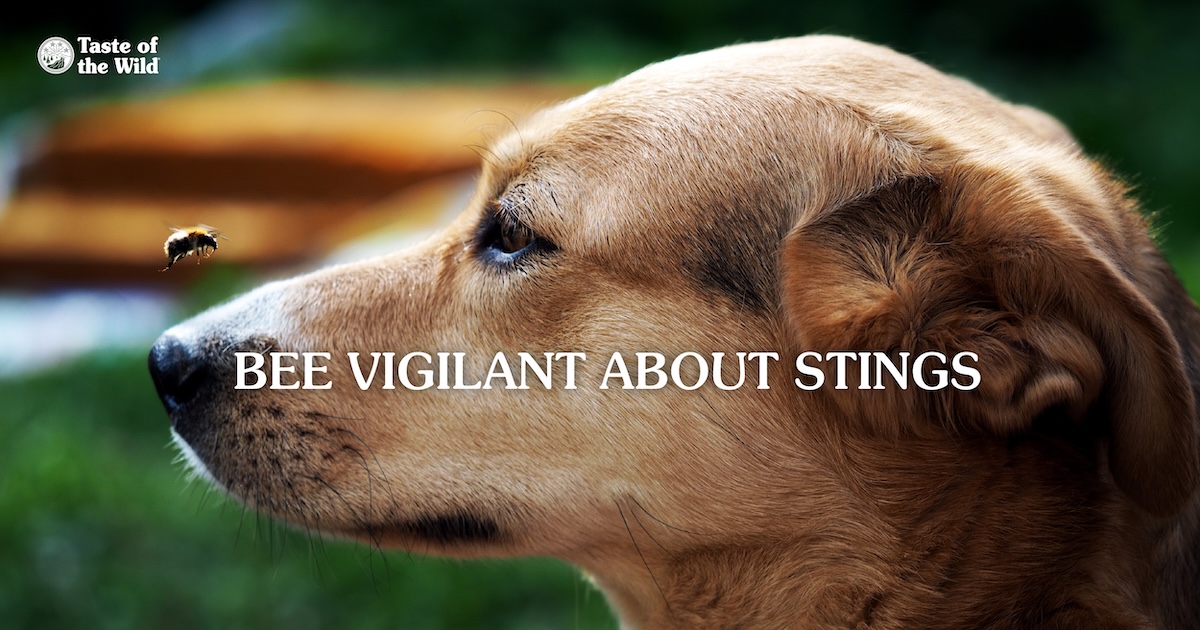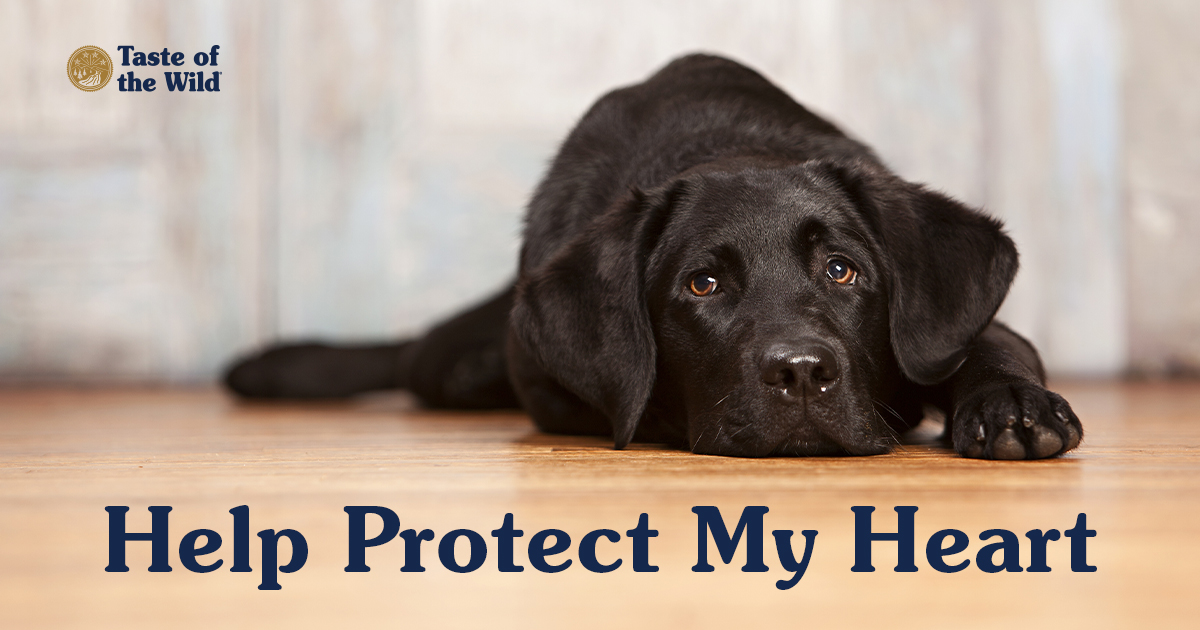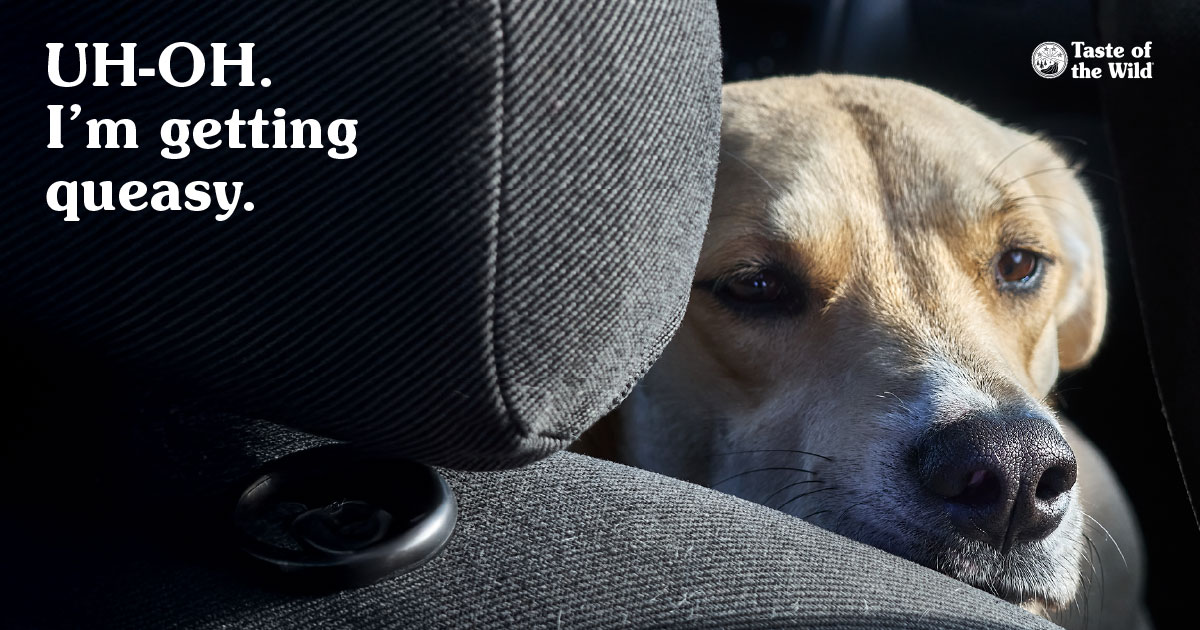What to Do If Your Dog Has Been Stung By a Bee
Thursday, May 25, 2017 | Health

Bees (and wasps and hornets) are helpful to the environment, which is why many people plant bee-friendly gardens teeming with nectar-filled blossoms to attract them. But to most dogs, bees are not so helpful. Bees won’t hesitate to sting any dog that noses around, paws at or otherwise disturbs their crucial pollinating work. For dogs who can’t leave well enough alone, insect stings are a painful way of being told to “buzz off.”
Pain, however, can be the least of the worries for some dogs. Bee stings may lead to a severe, life-threatening allergic reaction that can lead to anaphylactic shock and even death. Here’s what you need to know when a curious canine results in you exclaiming, “Ah! My dog ate a bee!” or “Help! My dog stepped on a bee!”
Signs of Dog Bee Stings
Curious dogs are often stung on their face or in their mouth, resulting in a flurry of yelping and pawing at the muzzle or other affected area. Other signs can range from mild to severe, depending on the location of the sting, whether they received multiple stings and whether they have an allergy to the bee venom. Lucky dogs will get by with just a mild reaction localized to the sting site: redness, mild swelling, heat and potentially itching. This usually goes away on its own within a day or so.
Signs of a potentially serious allergic reaction usually develop within 10 to 30 minutes of the sting and include swelling of the eyes and face, which can lead to difficulty breathing. Other signs include drooling, vomiting, diarrhea, weakness and collapsing.
Signs of anaphylactic bee reactions can develop quickly, so it’s important to watch your dog and be prepared to seek veterinary care immediately. In rare instances, these allergic reactions may occur 12 to 14 hours after the sting.
How to Know If Your Dog Was Stung by a Wasp or a Bee
Are all stings the same? Not exactly. Bees have a barbed stinger that detaches from the bee and remains in the dog’s skin. For several minutes after the sting, the venom sac on the stinger can continue to pulsate, injecting venom into the area. Wasps, hornets and yellow jackets (which are specific types of wasps), however, don’t have barbed stingers. They retain their stingers and can sting multiple times. This can be especially problematic if your dog uncovers a wasp nest, because the stings can increase exponentially in number.
Dog Bee Sting Treatment
For bee stings, if you can find the implanted stinger, remove it as soon as possible by scraping a credit card along the skin or by using tweezers to pull the stinger out. For both bee stings and wasp stings, help minimize swelling by applying a cool compress to the area, made by wrapping a towel around ice, an ice pack or a bag of frozen vegetables. You can also mix baking soda with water to create a paste that can be applied to the skin to help neutralize the acidic venom. If possible, bandage the area to prevent your dog from licking the paste.
Do not give your dog any medication without consulting your veterinarian first. If you’re concerned about your dog, contact your vet immediately.
Severe Reactions to Bee and Wasp Stings
If your dog is stung multiple times or experiences a severe reaction, such as facial swelling or difficulty breathing, it’s important to contact your vet immediately. Depending on your dog’s condition, your pet may need to be hospitalized and the vet may give your dog antihistamines, steroids or epinephrine as well as intravenous fluids and oxygen.
Be Prepared for Future Bee or Wasp Stings
For pets that have a history of severe allergic reactions to bee stings, including anaphylactic shock, your veterinarian may recommend keeping an EpiPen (an epinephrine automatic injector) on hand. However, an EpiPen must be properly dosed to the size of your pet. Although the EpiPen Jr. delivers a smaller dose, it may still be too much for small dogs and cats. Talk to your veterinarian about options for your pet.
Watch Out for Bees in the Fall
Bees and wasps are often more aggressive in the fall. And who can blame them? They’re busy preparing their hives for winter. Flowers and other food sources are harder to find. And hives are overcrowded. So they’re more likely to lose patience with a curious dog and slap prying noses with a sharp sting.
Seeing dogs stung by bees, especially dogs that have anaphylactic reactions to stings, is a scary sight. To keep your dog safe, try to keep curious noses away from areas that bees and wasps like to buzz about. Just like snake bites, a bee or wasp sting can quickly become an emergency situation, so always contact your veterinarian immediately if your dog shows signs of a severe reaction.
The information in this blog has been developed with our veterinarian and is designed to help educate pet parents. If you have questions or concerns about your pet’s health or nutrition, please talk with your veterinarian.




